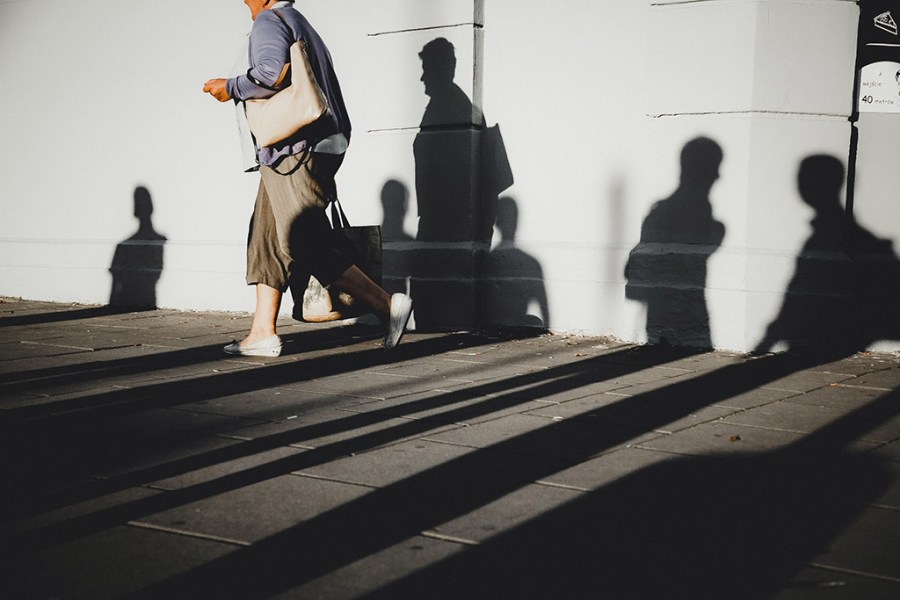Street Photographers - An Overview
Street Photographers - An Overview
Blog Article
The Facts About Street Photographers Uncovered
Table of ContentsStreet Photographers Fundamentals ExplainedExcitement About Street PhotographersOur Street Photographers StatementsLittle Known Facts About Street Photographers.The Ultimate Guide To Street Photographers
Street photographers do not necessarily have a social purpose in mind, but they choose to separate and record minutes which could or else go undetected.He was influenced by several of those that influenced the road digital photographers of the 1950s and '60s, he was not primarily interested in catching the spirit of the road., that functioned side by side with digital photographers trying to capture the essence of urban life.
As a result of the fairly primitive innovation offered to him and the lengthy exposure time needed, he struggled to catch the hustle and bustle of the Paris streets. He experimented with a collection of photo techniques, trying to discover one that would certainly enable him to catch motion without a blur, and he discovered some success with the calotype, patented in 1841 by William Henry Fox Talbot. While the photographers' subject was essentially the exact same, the outcomes were noticeably various, showing the effect of the digital photographer's intent on the character of the photos he generated.
Offered the fine quality of his photographs and the breadth of material, engineers and artists often acquired Atget's prints to make use of as referral for their own job, though commercial passions were hardly his major inspiration. Rather, he was driven to photo every last remnant of the Paris he liked.
Street Photographers - An Overview
They reveal the city through his eyes. His work and basic understanding of photography as an art form worked as ideas to generations of professional photographers that followed. The following generation of street photographers, though they likely did not refer to themselves because of this, was ushered in by the photojournalism of Hungarian-born photographer Andr Kertsz.
Unlike his peers, Brassa made use of a larger-format Voigtlnder video camera with a longer exposure time, requiring him to be more calculated and thoughtful in his practice than he might have been if using a Leica.
Cartier-Bresson was a champ of the Leica camera and one of the first professional photographers to maximize its abilities. The Leica allowed the professional photographer to interact with the surroundings and to capture company website minutes as they took place. Its fairly small dimension also assisted the digital photographer fade right into the history, which was Cartier-Bresson's preferred approach.
Street Photographers Fundamentals Explained
It is as a result of this basic understanding of the art of photo taking that he is commonly credited with discovering the tool all over once more roughly a century because its invention. He took photos for greater than a half century and influenced generations of photographers to Get More Info trust their eye and instinct in the minute.
These are the questions I shall try to address: And afterwards I'll leave you with my very own definition of street photography. Yes, we do. Allow's kick off with defining what a definition is: According to (Street Photographers) it is: "The act of specifying, or of making something guaranteed, distinct, or clear"
No, certainly not. The term is both restricting and misguiding. Seems like a road photography must be images of a streets ideal?! And all road professional photographers, with the exception of a handful of outright beginners, will fully value that a road is not the crucial part to street photography, and really if it's a photo of a road with maybe a few boring people not doing anything of interest, that's not road digital photography that's a photo of a street.
9 Easy Facts About Street Photographers Shown
He makes a valid point don't you believe? While I agree with him I'm not sure "honest public photography" will catch on (although I do kind of like the term "honest photography") because "street photography" has actually been around for a lengthy time, with several masters' names attached to it, so I believe the term is here to remain (Street Photographers).
Inside?! I hear you scream why not try here as you drink your hand to the sky. Why not? You can shoot at the beach, at a celebration, in an alley, in a park, in a piazza, in a coffee shop, at a museum or art gallery, in a metro station, at an event, on a bridge, under a bridge ...

Get This Report about Street Photographers

Report this page